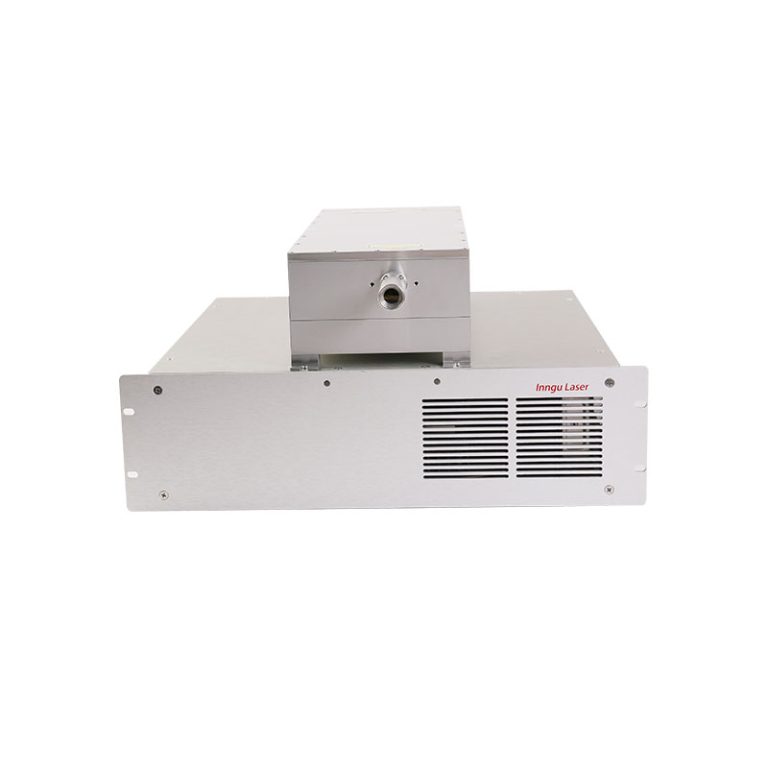SLA 3D printing, or stereo lithography, is an additive manufacturing technique that uses liquid resin materials to create 3d objects. The process starts with the creation of a 3D model which is sliced into thin layers by using special software. Then the sliced model is loaded into an SLA 3D printer and the laser is used to cure the resin layer by layer until the final object is formed.
Compared to traditional manufacturing methods, SLA 3D printing has a variety of advantages, including faster prototyping, lower cost and greater design freedom. SLA 3D printing can make complex geometric shapes such as overhangs and undercuts without support structures. Many parts can be manufactured with higher accuracy and precision. Moreover, SLA 3D printing is more cost-effective because it requires less materials and has less waste.
SLA 3D printing is widely used in various industries, such as creating prototypes and parts of the design of new cars in automobile industry, light-weight parts with complex geometries for aircraft and spacecraft in aerospace industry, and customized implants and prostheses in medical industry.


